Standing at the peak, looking back at the road traveled.
On December 5, 2024, around 10:30 AM, AICoin data showed that Bitcoin officially crossed the $100,000 mark, a historic moment to witness together.
Going back fifteen years, in 2008, standing at the center of the financial crisis storm, a mysterious figure—Satoshi Nakamoto—quietly planted the seeds of Bitcoin in the network by publishing the white paper "Bitcoin: A Peer-to-Peer Electronic Cash System," proposing the concept of decentralized digital currency.
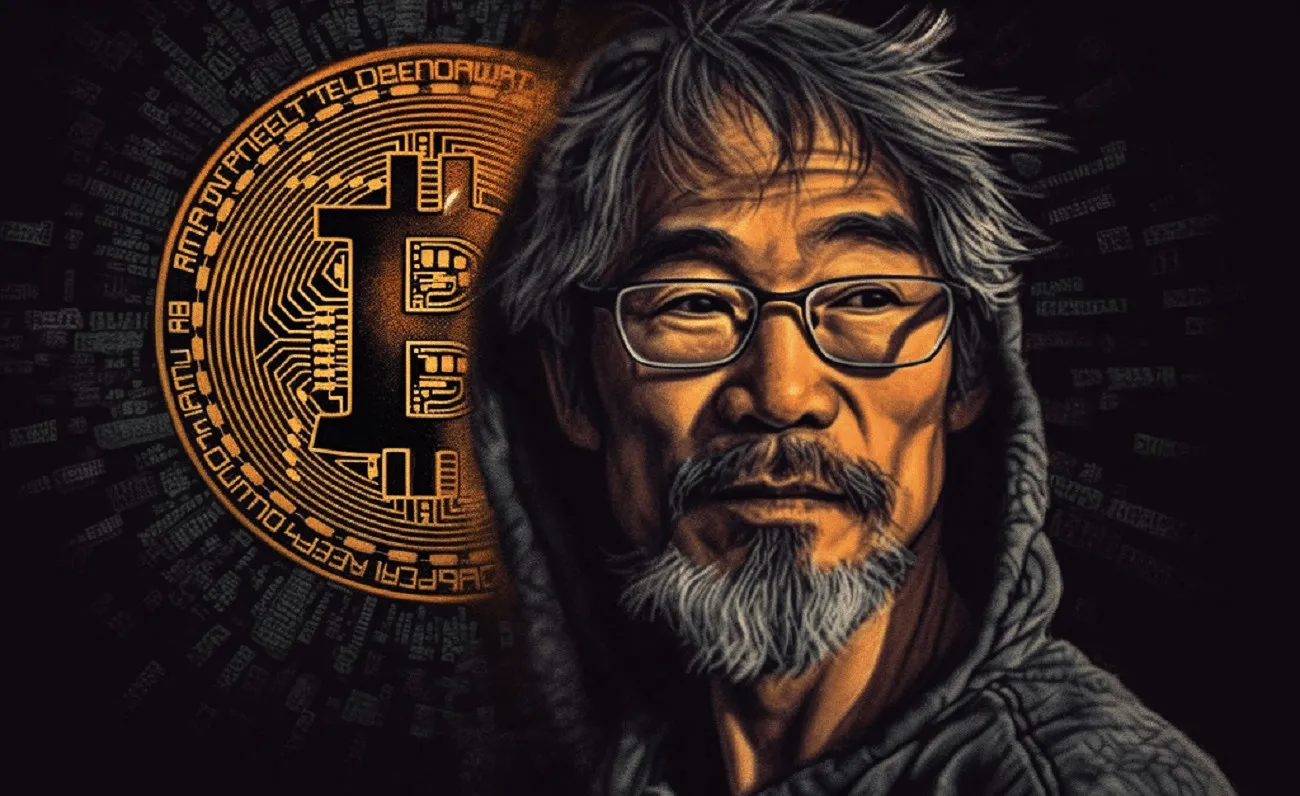
On January 3, 2009, the world's first Bitcoin was mined, born from a seemingly ordinary block—the genesis block—and received a reward of 50 Bitcoins. In this block, Satoshi Nakamoto left a deeply meaningful message, quoting the front-page headline of The Times at the time: "Chancellor on brink of second bailout for banks." This sentence has been forever recorded in the Bitcoin genesis block.
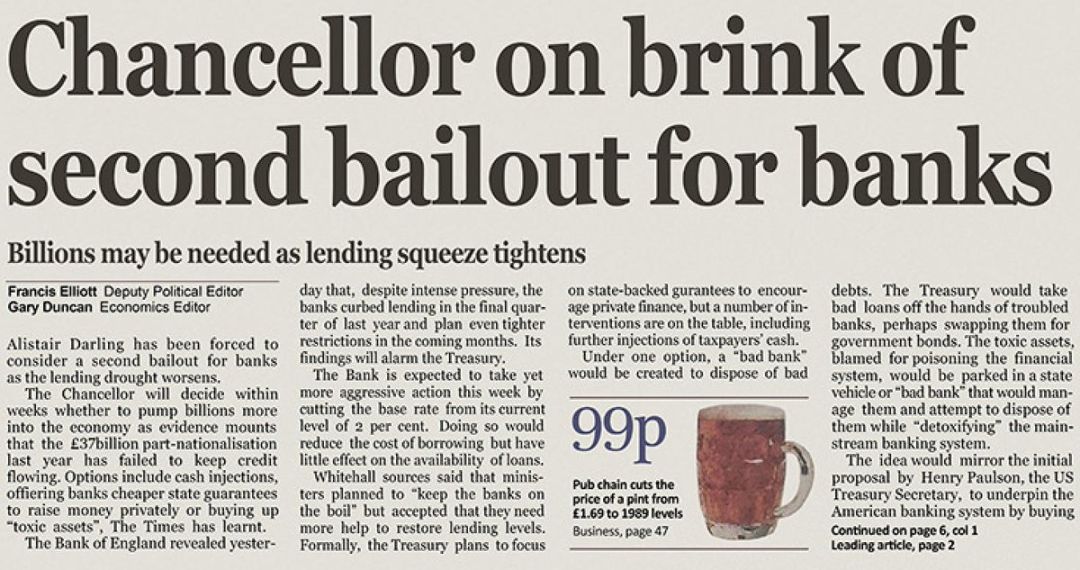
On May 22, 2009, programmer Laszlo Hanyecz from the Bitcoin community purchased two pizzas for 10,000 Bitcoins, marking the first recorded commercial transaction using Bitcoin. Although at that time, 10,000 Bitcoins were worth only about $25, today, their value far exceeds those two pizzas, marking the beginning of the Bitcoin legend.

In 2011, Bitcoin reached an important "milestone"—it first broke the $10 mark. On February 9, 2011, Bitcoin's price first surpassed this psychological barrier on the Mt. Gox exchange, marking the gradual recognition of Bitcoin as a digital asset.
In 2013, Bitcoin first broke $1,000, and market enthusiasm surged.
On November 28, 2013, Bitcoin's price first broke $1,000, marking the entry of this digital currency into the mainstream market. This historic breakthrough was primarily driven by a surge in demand from the Chinese market, with Chinese investors flooding into Bitcoin exchanges, making it one of the largest trading markets globally. Additionally, as more merchants and platforms accepted Bitcoin, the market's recognition of it as a payment tool and a safe-haven asset continued to rise, further propelling the price increase. At this time, Bitcoin was not only seen as a representative of technological innovation but also gradually gained favor among global investors, becoming a potential asset known as digital gold.
In 2017, Bitcoin's increase exceeded 1,900%, making it the most iconic year in Bitcoin's history.
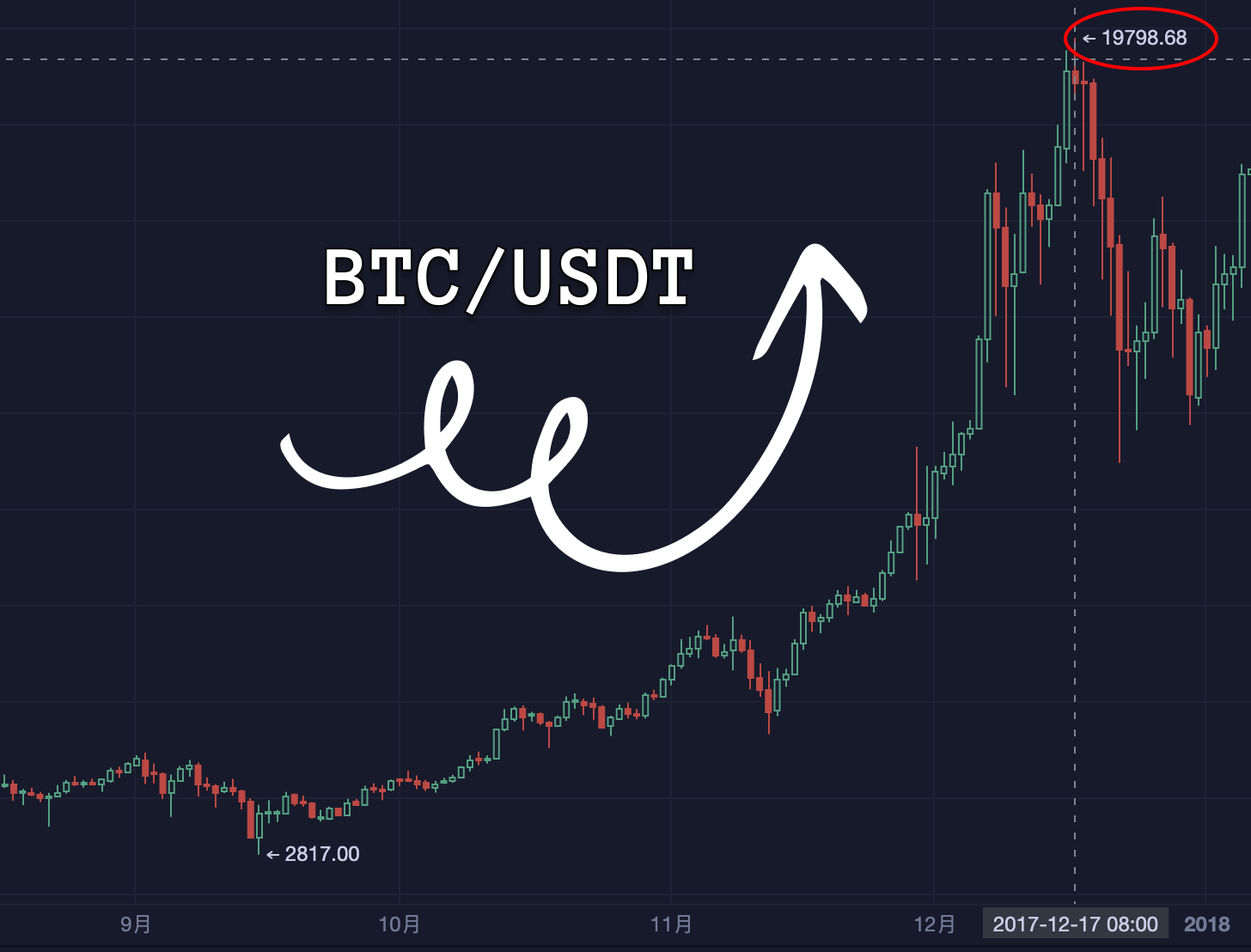
In 2017, Bitcoin's price experienced dramatic fluctuations and explosive growth, starting the year at around $1,000 and ending above $19,000, setting a historical high. The price trend of Bitcoin that year can be divided into several phases:
Steady rise at the beginning of the year: At the start of 2017, Bitcoin's price stabilized around $1,000, gradually attracting more investors. As global economic uncertainty increased, investors became interested in Bitcoin as a decentralized asset, believing it could serve as a safe-haven asset against the volatility of traditional financial markets. Meanwhile, technological advancements in Bitcoin, including the development of scalability solutions like the Lightning Network, also boosted market confidence.
Chinese regulatory storm: However, Bitcoin's price experienced a brief correction in June 2017. In June, the People's Bank of China announced regulations on Bitcoin exchanges, shutting down domestic Bitcoin trading platforms. This news triggered market panic, causing the price to drop from nearly $3,000 to around $2,000, but it did not change Bitcoin's long-term upward trend. Due to Bitcoin's decentralized nature, many traders quickly turned to trading platforms in other countries, and the regulatory control in China actually drew more attention to Bitcoin in the global market.
Fork event: In August 2017, Bitcoin underwent the famous "hard fork" event, resulting in the creation of Bitcoin Cash. This event stemmed from a split within the Bitcoin community over the block size dispute, ultimately leading to the birth of Bitcoin Cash. Although the fork caused short-term market turbulence, it also increased attention on the Bitcoin community, especially in the technical community's debates, further attracting investors and media attention.
Surge in December: As 2017 came to a close, Bitcoin's price surged rapidly, especially in December, when it briefly broke the $19,000 mark, becoming the focus of global financial media. Traditional financial institutions like CME and CBOE launched Bitcoin futures trading, marking an important step in Bitcoin's gradual recognition in the mainstream financial market.
Bitcoin breaks the $50,000 mark, institutional investors accelerate entry, and surge forward!
2020 was a pivotal year in Bitcoin's history, marked by the entry of institutional investors and the Bitcoin "halving" event. By February 2021, Bitcoin broke the $50,000 mark, reflecting the cumulative effects of these events.
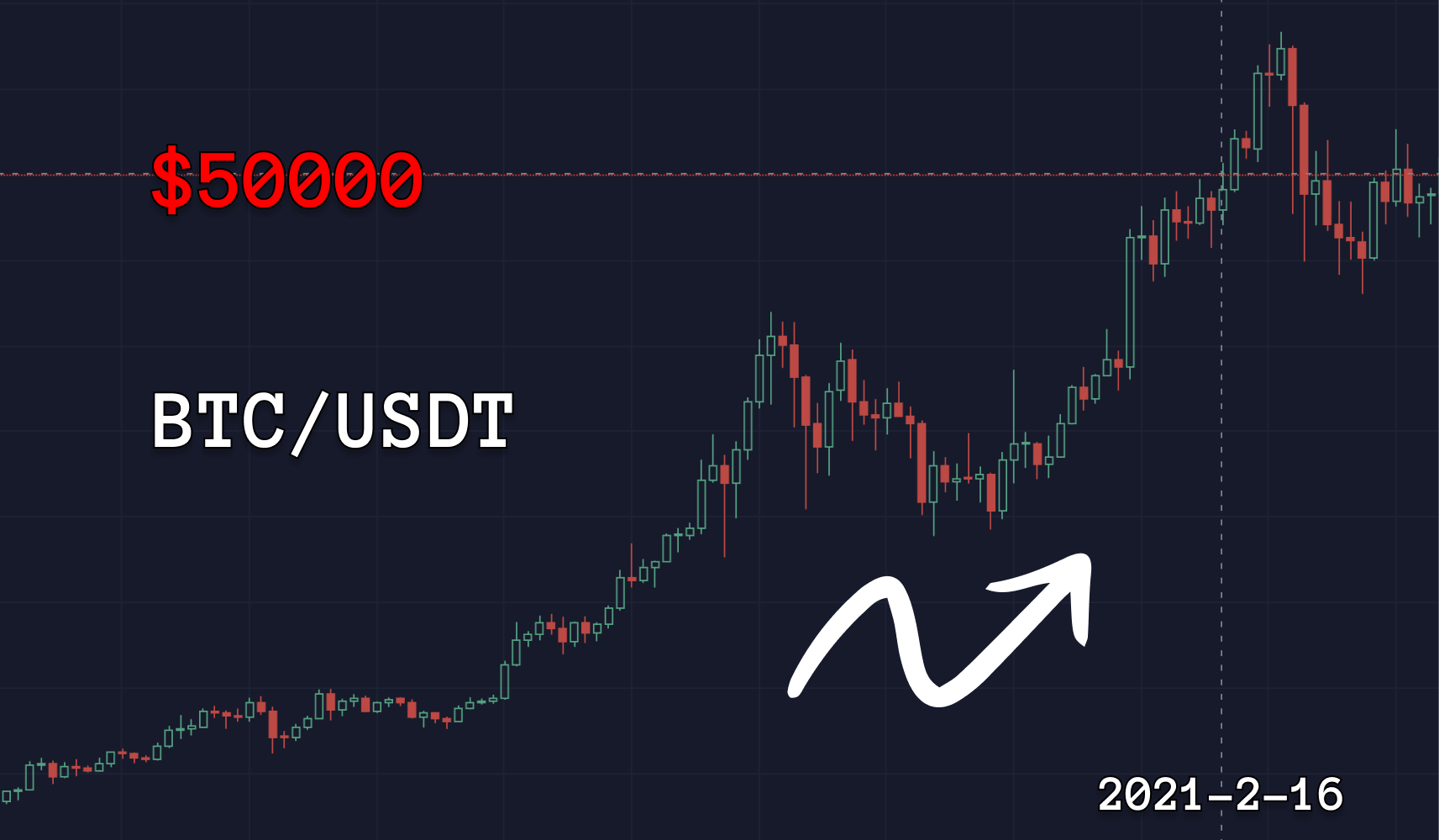
Setting a new historical high was driven by multiple factors. At the end of 2020, as major companies like PayPal and Square announced support for Bitcoin payments, institutional investors' interest in Bitcoin gradually increased. At the same time, Tesla announced the purchase of $1.5 billion in Bitcoin and included it as one of its payment methods, significantly boosting market confidence and driving Bitcoin's price up rapidly.
Additionally, the third "halving" effect of Bitcoin began to take effect in May 2020, reducing the block reward to 6.25 Bitcoins, further intensifying market expectations of Bitcoin's scarcity, which propelled the price increase. In the context of quantitative easing driven by the global COVID-19 pandemic, investors increasingly valued Bitcoin as a tool to hedge against inflation, pushing it to become an alternative to "digital gold."
Meanwhile, institutional investors like MicroStrategy continued to increase their Bitcoin holdings, further validating Bitcoin's potential as a reserve asset. This breakthrough of the $50,000 mark not only marked Bitcoin's mainstream acceptance but also indicated that the cryptocurrency market was entering a more mature era.
On October 19, 2021, the U.S. Securities and Exchange Commission (SEC) approved the first Bitcoin ETF (Exchange-Traded Fund)—ProShares Bitcoin Strategy ETF (BITO). On this day, Bitcoin futures ETFs officially began trading on the New York Stock Exchange (NYSE), marking an important step in the legalization and mainstreaming of Bitcoin in the financial market. Meanwhile, Bitcoin's price approached $70,000.
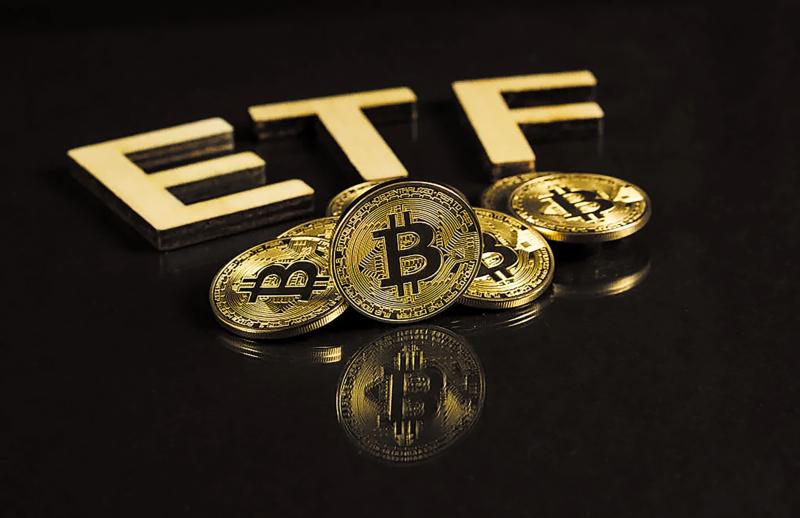
However, with changes in the global economic situation and policy uncertainties, prices began to decline slowly but steadily, like a deflated balloon.
At the beginning of 2022, Bitcoin's price began to fluctuate and continued to decline. Investor confidence was affected by the Federal Reserve's interest rate hikes, rising global inflation, and uncertainties in the stock market, leading many to choose to sell. Bitcoin's price once fell to around $30,000, with a decline of nearly 50%. It even dropped to around $15,000 at its lowest. During this process, market sentiment turned pessimistic, and many began to question Bitcoin's value, viewing it merely as a speculative asset.
Entering 2023, Bitcoin's price still failed to recover its former glory. Throughout this year, many crypto projects faced more severe crises, such as the collapse of the FTX exchange, triggering more market panic. Nevertheless, Bitcoin maintained a certain level of resilience, with prices oscillating between $20,000 and $40,000, and new voices began to emerge in the market: Bitcoin's characteristics as digital gold still exist, serving as a safe haven amid global economic uncertainty.

2024 is destined to be a year that will go down in history for Bitcoin.
At the beginning of the year, the price hovered around $40,000, with cautious sentiment clouding the future of this digital currency.
As spring arrived, with the expectation of interest rate cuts by the Federal Reserve becoming clearer, Bitcoin's safe-haven properties once again attracted investors' attention. In the summer, the price broke through $60,000, and market confidence soared.
Companies like Tesla and MicroStrategy continued to increase their Bitcoin holdings, and with the gradual fermentation of the Bitcoin halving effect, market expectations for its scarcity grew stronger.
The most critical driving force may come from the U.S. election.
During the U.S. election, Bitcoin experienced an astonishing surge. Especially after Trump announced that Bitcoin would be considered a strategic reserve asset for the U.S., the price quickly broke through $60,000, $70,000, and even $80,000, soaring to new heights. Following the announcement of Trump's victory, the market reacted even more intensely, and Bitcoin rapidly surpassed $90,000! It was an unstoppable momentum.
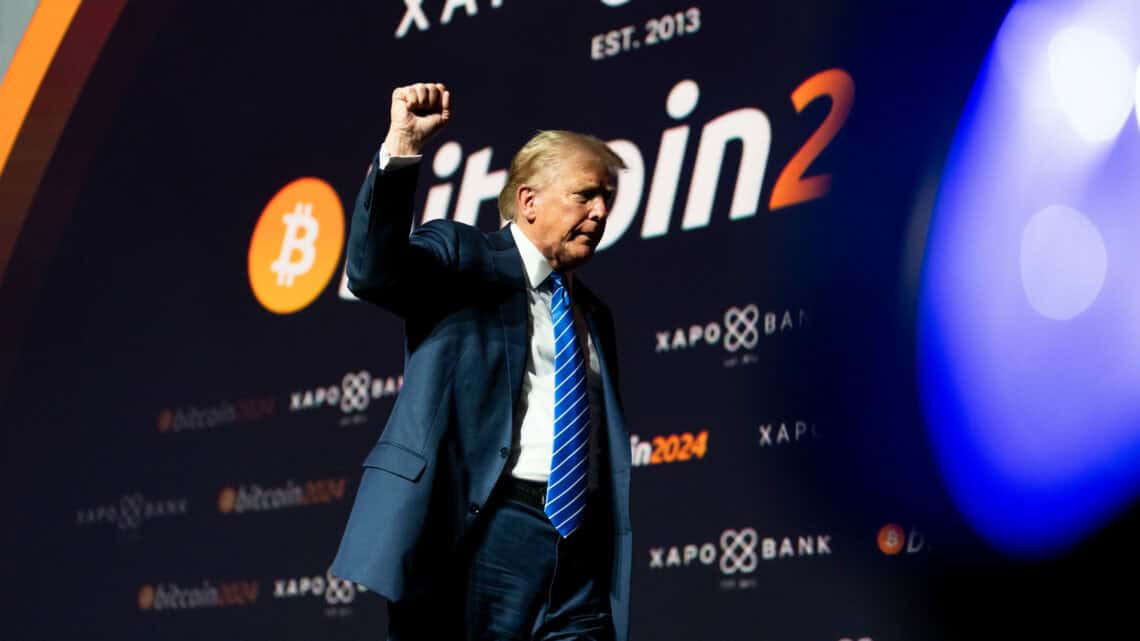
After years of ups and downs, Bitcoin finally welcomed its "golden moment."
By the end of 2024, Bitcoin, like a wild horse, broke through the historical high of $100,000. It was no longer just "digital gold" in a small circle but had deeply rooted itself at the core of the global financial system, becoming an asset giant that could not be ignored. Investors' perspectives transcended the boundaries between retail and institutional investors, with global capital markets and sovereign wealth funds all fervently chasing this emerging asset.

Bitcoin, once an outsider, now stands at the center of the global financial stage, truly in the spotlight.
Through storms and trials, it has remained steadfast.
免责声明:本文章仅代表作者个人观点,不代表本平台的立场和观点。本文章仅供信息分享,不构成对任何人的任何投资建议。用户与作者之间的任何争议,与本平台无关。如网页中刊载的文章或图片涉及侵权,请提供相关的权利证明和身份证明发送邮件到support@aicoin.com,本平台相关工作人员将会进行核查。




